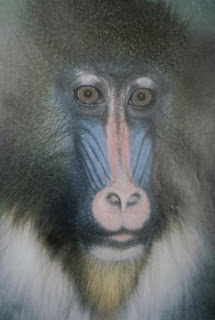
Metabolic reactions
occur continuously in every living
organism. (a) Relationships of some
metabolic activities. Some of the
nutrients provided by proper nutrition are used to synthesize needed
materials and cell parts; other nutrients are used as fuel for cellular
respiration, a process that captures
energy stored in food. This energy
is needed for synthesis and for
other forms of cellular work. Cellular respiration also requires oxygen,
which is provided by the process of
gas exchange. Wastes from the @115
such as carbon dioxide and water
must be excreted from the body.
(b) Like most organisms

occur continuously in every living
organism. (a) Relationships of some
metabolic activities. Some of the
nutrients provided by proper nutrition are used to synthesize needed
materials and cell parts; other nutrients are used as fuel for cellular
respiration, a process that captures
energy stored in food. This energy
is needed for synthesis and for
other forms of cellular work. Cellular respiration also requires oxygen,
which is provided by the process of
gas exchange. Wastes from the @115
such as carbon dioxide and water
must be excreted from the body.
(b) Like most organisms

















